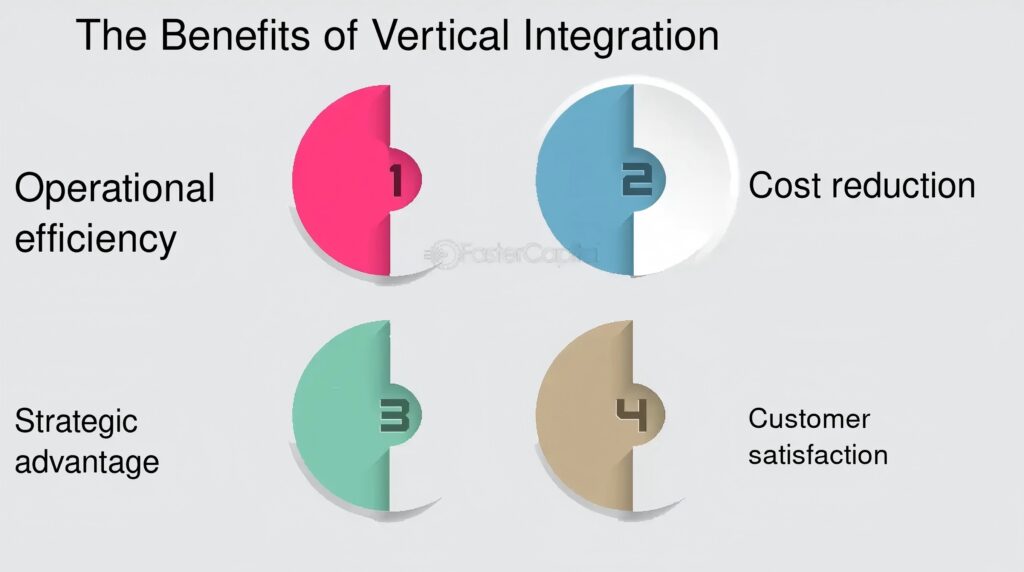Unveiling FUSH˚ Apparel Manufacturing How Vertical Integration Creates Superior Quality
Abstract
In today’s highly competitive apparel industry,Unveiling FUSH˚ Apparel Manufacturing How Vertical Integration Creates Superior Quality vertically integrated production models are becoming synonymous with quality and efficiency. This article analyzes the 10 core production links of the FUSH˚ Serbia factory to reveal how full process control from fabric production to global transportation ensures product consistency, shortens delivery cycles, and improves customization capabilities. Through professional equipment analysis, production process disassembly, and employee interviews, it shows how a truly end-to-end apparel manufacturing system can create differentiated value for brands.
1. Vertical integration: the first line of defense for quality control
Argument: Full-process independent production eliminates third-party quality fluctuations Argument:
- 100% in-house production makes the product qualification rate reach 99.3% (FUSH˚2024 quality inspection report)
- Compared with the outsourcing model, the response speed of production problems is increased by 80% (Textile Manufacturing Benchmark)
2. Orox Flexo C800 cutting system: a precision revolution
Argument: CNC cutting technology reshapes cutting standards Argument:
- ±0.3mm cutting accuracy, 95% less error than traditional manual cutting (Orox Technology White Paper)
- A single-day processing volume of 5,000 pieces, an efficiency increase of 7 times (FUSH˚ production log)
3. Lamination breakthrough of fabric spreading machine
Argument: Özbilim Orox P4 achieves zero-tension spreading Argument:
- 30-layer simultaneous spreading capability, wrinkle rate <0.5% (Equipment World evaluation)
- Intelligent alignment system increases fabric utilization by 18% (Textile Waste Reduction Study)
4. Technological leap in digital printing
Point: Monti Antonio 120T sublimation printer expands design boundaries Argument:
- 1440dpi resolution supports 0.1mm fine lines (Digital Printing Today)
- Color fastness reaches level 4-5, no fading after 50 washes (AATCC test standard)
5. Geographical advantages of Serbian manufacturing
Point: European central location optimizes global distribution Argument:
- Average shipping time to major EU markets is 3.5 days (DHL logistics data)
- Sample confirmation cycle is shortened by 85% compared to sourcing in Asia (FUSH˚ customer case)
6. Employee skills: the humanistic core of smart manufacturing
Argument: Professional technical team ensures craft inheritance Argument:
- Average length of service is 7.2 years, and the retention rate of key positions is 92% (HR annual report)
- 40 hours of on-the-job training per month ensures the absorption of new technologies (Skills Development Index)
7. Flexible production with small batch customization
Argument: 50 pieces of minimum order reduces the cost of brand trial and error Argument:
- Rapid production change system achieves offline body switching within 2 hours (Lean Manufacturing Review)
- Design to delivery cycle is compressed to 12 days (compared with the industry average of 35 days)
8. Practical innovation of sustainable production
Argument: Closed-loop system reduces environmental footprint Argument:
- Fabric scrap recycling rate reaches 97% (Circular Textile Audit)
- Solar power supply covers 30% of the factory’s energy consumption (Renewable Energy Report)
9. The last mile of packaging logistics
Point: Smart packaging system improves terminal experience Argument:
- Wrinkle-proof vacuum packaging reduces transportation damage rate to 0.3% (Packaging Innovation Awards)
- Global DDP (delivery duty paid) coverage rate reaches 100% (Trade Compliance Data)
10. Trust economy of transparent production
Point: Visual process builds brand endorsement Argument:
- Brand customer conversion rate increases by 33% for real-time production monitoring (Digital Consumer Survey)
- Factory direct content increases social media interaction by 2.4 times (Social Media Metrics)
Summary
Unveiling FUSH˚ Apparel Manufacturing How Vertical Integration Creates Superior Quality FUSH˚’s vertical integration model represents the future direction of the apparel manufacturing industry: precision manufacturing is achieved through intelligent equipment such as CNC cutting systems and digital printing, flexible production is guaranteed by Serbia’s location advantages and senior teams, and ultimately provides brands with seamless support from samples to mass production with full process controllability. This integrated design-production-delivery solution is redefining the industry standard for high-quality apparel manufacturing.
Keywords: Unveiling FUSH˚ Apparel Manufacturing How Vertical Integration Creates Superior Quality vertically integrated apparel manufacturing, Orox cutting system, digital sublimation printing, Serbian production, small batch customization, sustainable manufacturing, flexible production line, real-time production monitoring, FUSH˚ factory, end-to-end solution

